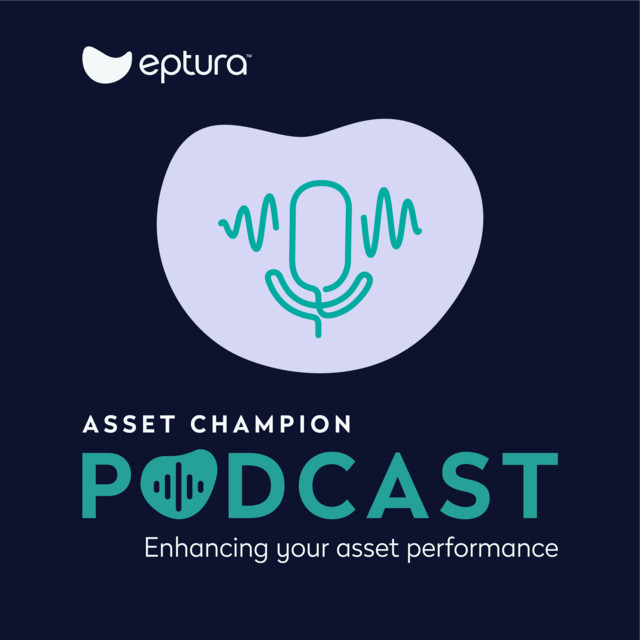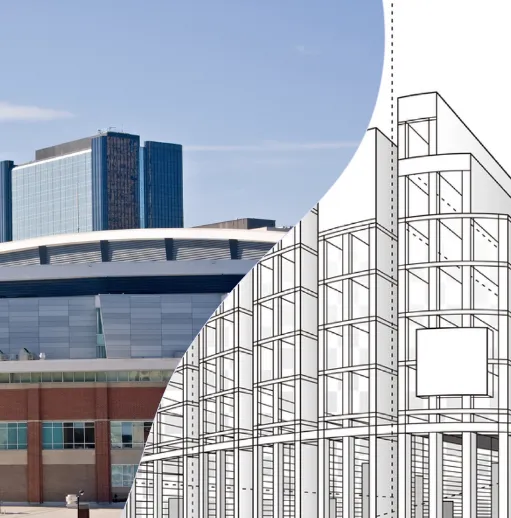
Strong strategic planning starts with a clear map of the gaps between your existing real estate and the needs of your organization. With the right workplace analytics, you can see where to make changes, from square footage to office layouts, to deliver the best possible employee experience. Improving your office through analytics empowers employees, boosting productivity while cutting costs and reducing turnover.
Workplace analytics vs workforce analytics
Analytics for the workplace reveal a lot about how well your existing space aligns with the goals of your company. But it’s important to remember that there are many kinds.
Workplace analytics include measurements of the office and how employees are using it. Workforce analytics is generally closer to human resources, with a focus on employee activity. You can use it to determine if employees are being productive and performing as planned. For workforce analytics, you’re capturing data on badge data, Wi-Fi logins, and employee surveys.
Benefits of workplace analytics
With the right space management and workplace analytics software, you get data-backed decision-making that takes less time and delivers better results. Being able to quickly glance over important analytics for the workplace at a high level helps you identify and leverage:
- Usage patterns
- Utilization rates
- Overall trends
From there, you can use the data to paint a fuller picture of space utilization in your office. Based on what you see, you can then implement more effective overall strategies. By knowing what you have and how employees are using it, you can right-size your real estate footprint and then fine-tune your layouts as you continue to grow.
Benefits of analytics for the workplace
Leveraging analytics for the workplace starts with combining your space booking data into a single platform.
Understand conference room needs
You can think of your data as answers to specific questions. So, to improve meeting rooms, ask yourself:
- How are employees using the meeting rooms?
- Which conference rooms are the most popular?
- Which meeting rooms do employees reserve most often? Who is making the reservations?
- Which rooms do employees tend to use in ways you didn’t intend?
Consider that last question. If you notice employees reserving the smaller breakout rooms with closing doors for just themselves, you likely need to work on the office acoustics. People are looking for quiet spaces, so they’re reserving the spots where they can block out noises. What about the boardroom? Are there a lot of reservations over lunch? It might be that the office breakroom is too small, and people need more space to eat and socialize.
There are many additional ways to leverage analytics from the workplace. Your focus should be on tailoring a strategy based on your organization’s unique needs and specific goals.
Another example is how workplace leaders can gain valuable insights into their meeting rooms to improve both the employee experience and space utilization to:
- Reallocate employee time and meeting space by tracking reservations
- Identify and remove “ghost” and “zombie” meetings to free up extra space
- Avoid empty meeting rooms and wasted space by finding which rooms have the lowest recapture rates
Gain insights into flexible seating needs
In a workplace that has a flexible seating system, desks are shared rather than assigned. The key to success is to make it easy for employees to book a desk for when they know they’ll need it.
You can then leverage that data to improve the office. Desk booking software tells you:
- Which desks are underutilized
- Which workspaces are being used most often
- When there are specific areas of the workplace where desks are reserved more often than others
- How many desk bookings are being used and if there are a lot of no-shows
- When there is an adequate number of desks based on demand for space
Analytics from the workplace can help leaders modernize their seating strategy without sacrificing a great workplace experience.
Maximize existing real estate
With a complete, comprehensive data set, you can start to see the best possible solutions. For example, employees might express frustration about the number of large boardrooms. Does that mean you need more of them? Maybe.
If you look closely at the data, you can see a better solution. When you compare the rooms employees book most often to the rooms they book least often, you notice something interesting: The reservations for the large rooms tend to only happen after all the smaller rooms become unavailable. In fact, many of the bookings for the large rooms involve a small number of people.
You don’t need to increase the number of large rooms. You need more of the smaller rooms, so you can keep those meetings out of the larger rooms. Here, you could repurpose some of your large rooms to better accommodate the needs of your organization. Rather than move to a larger office or expand your space to add more conference rooms, you could break the unused rooms into a few smaller spaces.
Based on solid analytics from the workplace, you just used the space that you already had to solve two big problems: underutilized space and a lack of small meeting space.
Enhance the hybrid experience
So much has changed about how we work. In response, many leaders have either already implemented a hybrid or flexible work model or are seriously considering doing so soon.
But when remote and flexible work arrangements are available, it’s important that employees make the most of their time when they do choose to work in the office.
Employees need access to the right type of spaces right when they need them. With analytics from the workplace, you can ensure the types of spaces in your office match employees’ day-to-day needs and expectations.
Manage contractors, flex workers, and other visitors
Workplace analytics help you better understand your visitor management needs. With the right software, you can see the stats on who is visiting your lobby and why.
The more you know about your guests, the easier it is to make good decisions on how to manage the front lobby and establish solid visitor policies and procedures.


